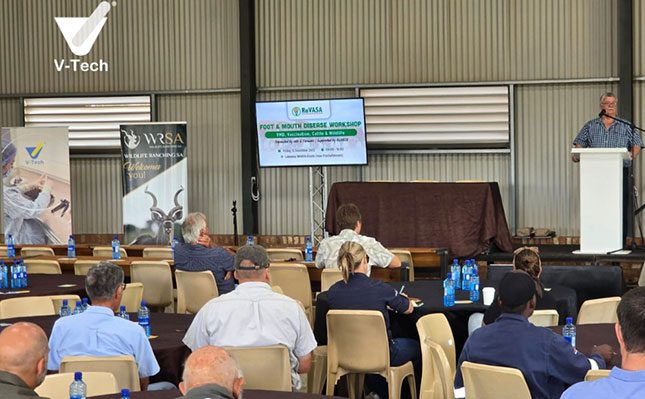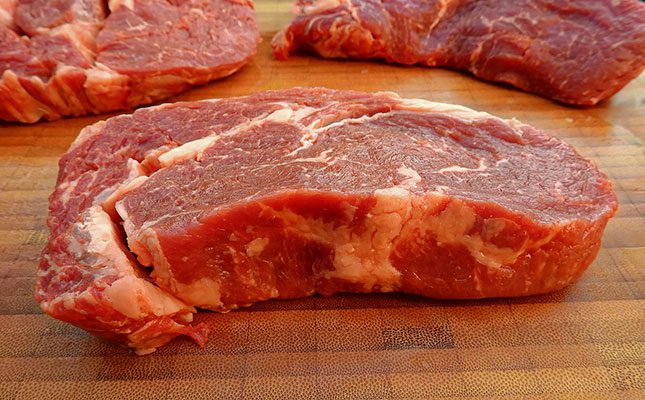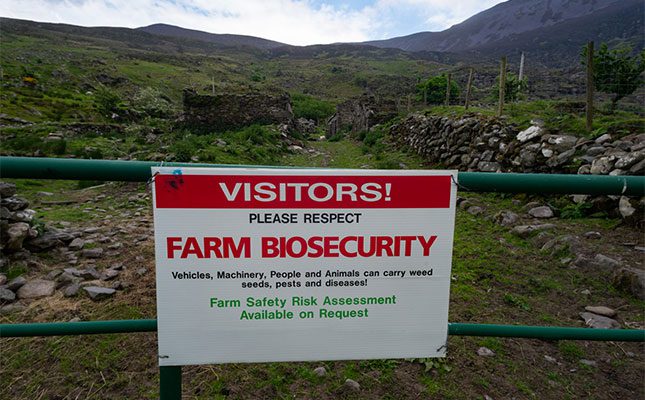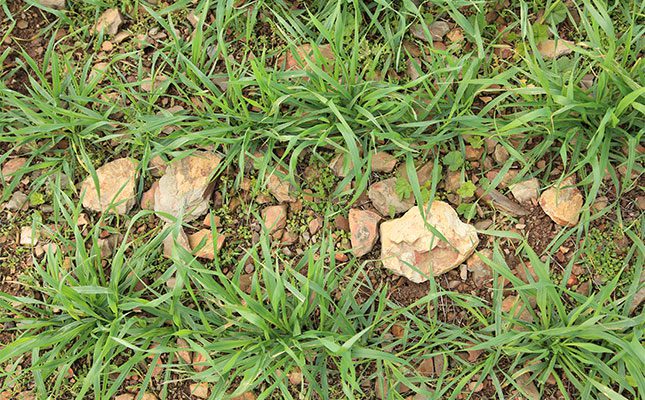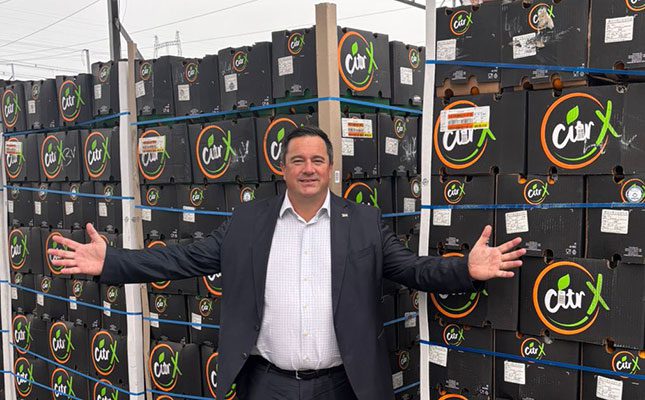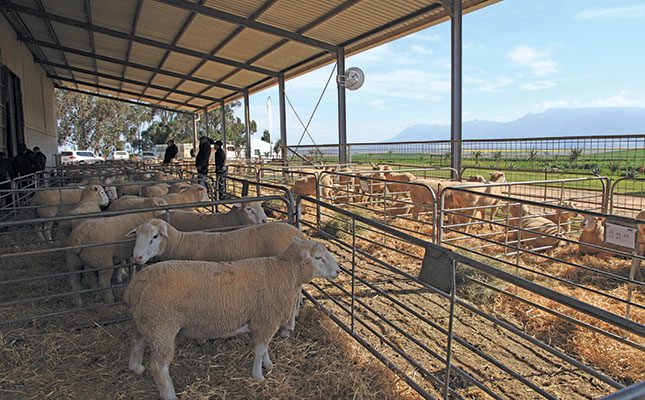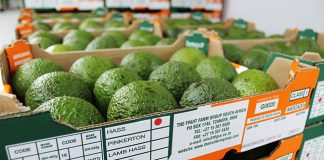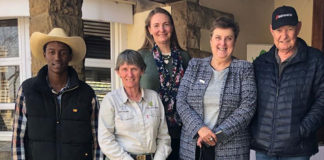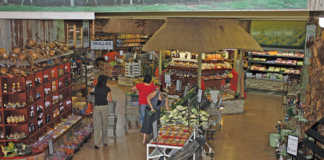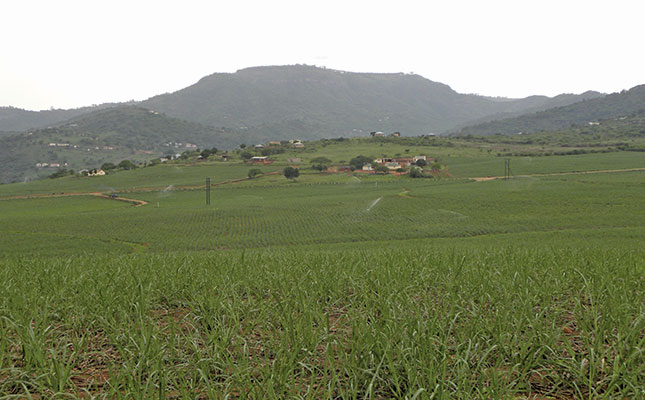
This was emphasised by speakers at the recent 2017 Agri Food Fest hosted by the Gauteng Department of Agriculture and Rural Development at the Tshwane Events Centre in Pretoria.
During a panel discussion at the event, Dr Langa Simela, Absa Agri Business development manager, said that the banking sector was working on a blended financing model, which entailed the mixing of public and private funds to help emerging farmers acquire funding.
Agbiz CEO, John Purchase, said that to acquire funding from commercial banks, farmers needed to build a good track record, because banks want to see a good credit history.
“Another way of acquiring funding includes having a solid business plan that shows that the business will be able to make a profit,” he said. This would make the business an attractive investment.
Raphael Karuaihe, Head of Commodities at JSE, said that one of the instruments that could be used at commercial banks as collateral was the Johannesburg Stock Exchange (JSE) certificate.
This could be acquired through trading grains through the JSE.
Small-scale farmers should consider using the JSE Agricultural derivatives market, also known as South African Futures Exchange (SAFEX), to access markets, he said.
This market traded in maize, wheat, soya bean and sunflower seeds, giving farmers an opportunity to hedge; in other words, to lock in a favourable price at a favourable time.
He explained that when supply of a commodity increased markedly, its price dropped, and a farmer could be forced to sell at a loss.
To combat this problem, the farmer needed to store the grain when the price was low, then hedge by selling a financial instrument through the JSE and waiting until the price climbed.
“You can even sell while you’re planting. There are platforms that allow you trade and determine how much […] crop is expected during the next harvesting season – instruments such as the US Department of Agriculture world agriculture supply and demand estimates,” Karuaihe said.

